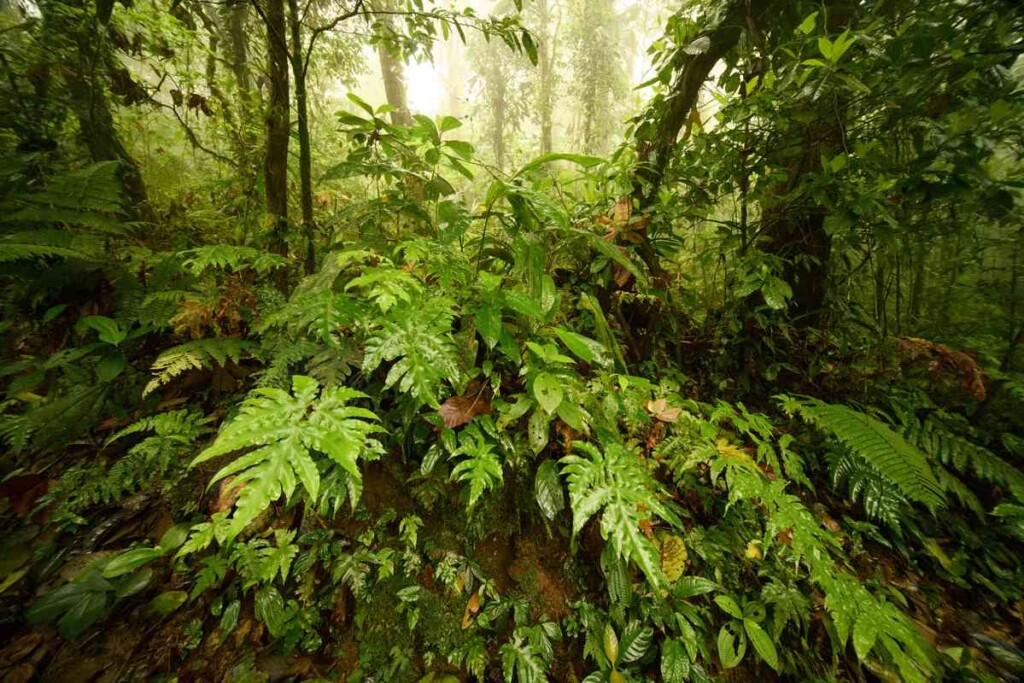 Zdeněk Macháček for Unsplash+
Zdeněk Macháček for Unsplash+Plants around the world absorb 37 billion more metric tons of carbon than was previously thought, a new study has demonstrated.
It means every tree planted to try and prevexnt the worst of climate change goes 31% farther than earlier models on Earth carbon systems have calucated, and it’s believed the research will help contribute to more accurate predictions in the future as the climate changes.
The Earth has several major carbon systems that are well understood. There is a carbon system between the atmophsere and the oceans, and another between the atmosphere and the vegebiome. This is designated Terrestrial Gross Primary Production, or GPP.
GPP is typically measured by petatons per year. One petaton is 1 billion metric tons, and since the 1980s it’s been believed that GPP is around 120 per year.
A team of researchers Cornell University, with support from the Department of Energy’s Oak Ridge National Laboratory, altered two key approaches to estimate GPP, which provided them with the updated figure.
The first is high-resolution data from environmental monitoring towers instead of satellite observations which can be interefered with by cloud cover, especially in the humid and rainy tropics. The second was measuring photosynthesis in plants by tracing the path of the molecule carbonyl sulfide, or OCS.
OCS, like carbon dioxide, enters the leaf tissue and is moved into chloroplasts, the engines where photosynthesis occurs. However, unlike CO2, OCS is easier to track and measure.
The team used plant data from a variety of sources to get a picture of how effeciently different genera of plants conduct photosynthesis while tracking OCS. One of the sources was the LeafWeb database at Oak Ridge Labs. The database contains photosynthesis observations from scientists all around the world.
“Figuring out how much CO2 plants fix each year is a conundrum that scientists have been working on for a while,” said Lianhong Gu, co-author and staff scientist in ORNL’s Environmental Sciences Division.
GOOD CLIMATE NEWS: Trees Reveal Climate Surprise: Bark Removes Methane from the Atmosphere
“The original estimate of 120 petagrams per year was established in the 1980s, and it stuck as we tried to figure out a new approach. It’s important that we get a good handle on global GPP since that initial land carbon uptake affects the rest of our representations of Earth’s carbon cycle.”
“We have to make sure the fundamental processes in the carbon cycle are properly represented in our larger-scale models,” Gu added. “For those Earth-scale simulations to work well, they need to represent the best understanding of the processes at work. This work represents a major step forward in terms of providing a definitive number.”
OTHER POSITIVE MISCALCULATIONS: Analysis Shows We’ve Been Overestimating the Amount of Plastic in Oceans by 30x
The new OSC approach yielded a total of 157 petatons per year, equivalent to the emissions of 37.36 billion international combustion vehicles.
One of the biggest aspects of the revision was how much carbon was stored by tropical rainforest. The rainforest-born data from the OCS observations were corroborated by ground measurements and showed that tropical forests store more carbon than previously estimated—reflected the influence of clouds mentioned before.
Understanding how much carbon can be stored in land ecosystems, especially in forests with their large accumulations of biomass in wood, is essential to making predictions of future climate change, the researchers conclude.
SHARE This Good Climate News With Your Friends…
Source link

